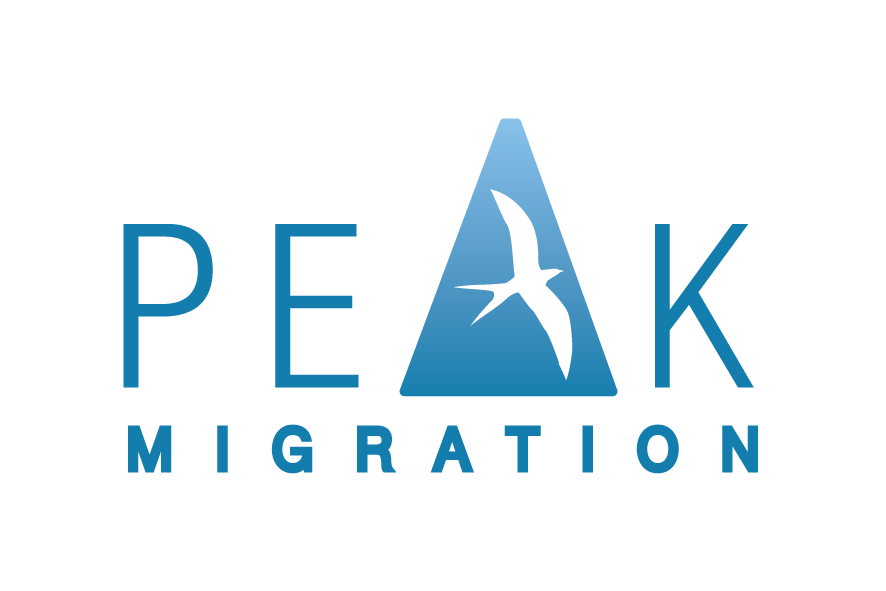Horticultural industry labour agreement from 1 Jan 2020; 31 occupations available
/Yesterday, the acting Minister for Immigration, Citizenship, Migrant Services and Multicultural Affairs announced the introduction of a horticultural industry labour agreement with a staggering 31 occupations available, the most number of occupations for any industry labour agreement by far. This labour agreeement will be available from 1 January 2020.
Labour agreements have been utilised by this government more than any other to arrest skill shortages across a range of different industries and sectors as previously reported. Industry labour agreements are templated, non-negotiable labour agreements for industries where the standard business sponsorship regime cannot assist under either the Subclass 482 – Temporary Skill Shortage visa and now Subclass 494 – Skilled Employer Sponsored Regional (Provisional) visa programs.
Currently, there are seven different types of industry labour agreements:
Fishing industry
Meat industry
Minister of Religion
On-hire
Pork industry
Restaurant (fine dining) industry, and
Advertising Industry.
The On-hire labour agreement is rather unique because it is the only labour agreement that allows the sponsor to on-hire the skilled worker to another employer who is not an associated entity, which is not possible under any other labour agreement or as a standard business sponsor.
The horticultural industry labour agreement carries numerous benefits, perhaps signalling that labour agreements will be a mainstay of the temporary and permanent employer sponsored visa program where there is a sustained shortage of workers.
According to the Department of Home Affairs’ website, not only are there 31 occupations ranging from Skill Level 1 down to Skill Level 5, which is the lowest skill level in the Australian and New Zealand Standard Classification of Occupations (ANZSCO), there are additional concessions and a pathway to a permanent visa. Details include:
A concession of up to 10 per cent of the Temporary Skilled Migration Income Threshold (TSMIT), which is currently $53,900 per annum, when it can be demonstrated that equivalent Australian workers are under the TSMIT;
The ability to use a broader range of monetary and non-monetary benefits, such as regular overtime and accommodation, to meet the TSMIT and Annual Market Salary Rate (AMSR) requirements. For nominations under a standard business sponsorship, non-monetary benefits are excluded when determining whether the nominee’s salary is above the TSMIT and is at least the AMSR;
For both 482 visa and 494 visa, the English language threshold is reduced. Visa applicants need to achieve at least 5.0 in the overall band score of an IELTS test with no less than 4.5 in each individual component. This should have equivalents for other approved English language tests along with standard exemptions;
Workers can be up to 50 years of age when applying for either a 186 visa or a 494 visa;
For Skill Level 1-3 occupations, workers can transition to a 186 visa after working for three years with their sponsor. For Skill Level 4-5 occupations, workers will need to have clocked up at least four years; and
Some occupation skill requirements will be varied under the terms of the labour agreement.
Currently, all occupations are available for concessions and pathways to a permanent visa.
This labour agreement adds a substantial program to aid the horticultural industry, which already has major incentives within Australia’s immigration framework giving it a helping hand. This includes the 3-month and 6-month regional work carrot for working holiday makers (Subclass 417 – Working Holiday visa and Subclass 462 – Work and Holiday visa holders) wishing to extend their time in Australia, and the Pacific Labour Scheme under the Subclass 403 – Temporary Work (International Relations) visa.

